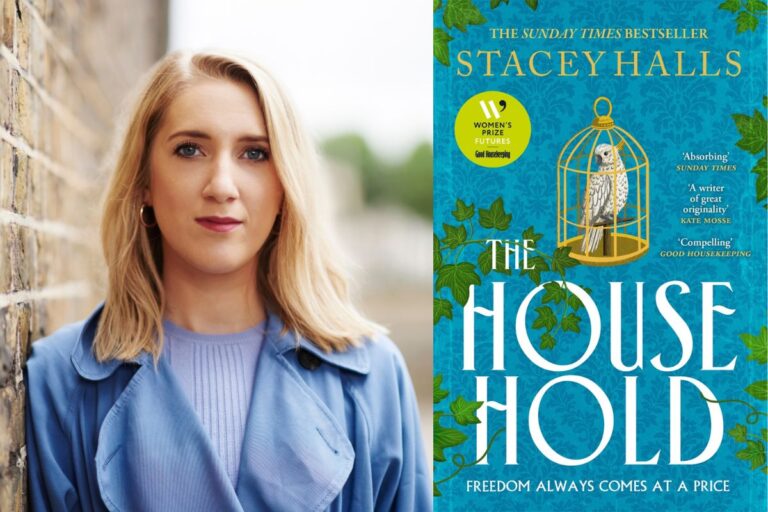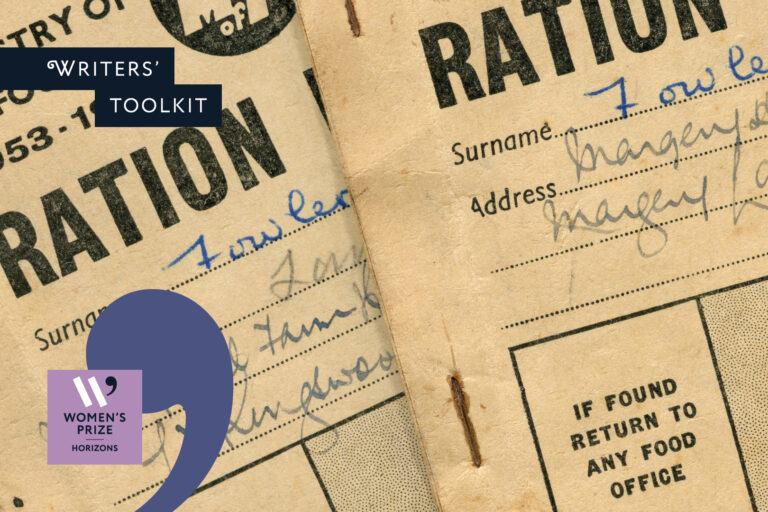In this four-step guide from Curtis Brown Creative, bestselling author Cathy Rentzenbrink shares her advice for aspiring memoirists on how to get started with life-writing.
1. Find your voice
Often people think they have to sound writerly and use big words, but I think voice is the quality of sounding like yourself. Sometimes people have been shamed for how they sound, and if that is unprocessed it can come across as unconfident on the page. Bilingual people are interesting as they often hold slightly different opinions depending on which language they use. Singing can help and I’ve started experimenting with using vocal exercises to help with my own writer’s block. It is very freeing! The main thing is to trust yourself and experiment. If you think about it too much, it can be paralysing. Just start off by trusting that you have a story to tell and that you already know all the words you’ll need to tell it.
2. Plot and Plan
Ah, the big question of planning! This entirely depends on how each individual thinks. I know lots of writers who plan, but I am not a linear thinker and the thought of having to create a plan makes me want to weep. It’s not that I don’t want to but that I can’t. For me it is the act of writing itself that dislodges meaning and shows me where the story is. I just have to start out and trust that once I have some words on the page, they will start to make sense and form themselves into patterns and themes. They always do! If this feels too terrifying, then it can be useful to think in terms of key scenes.
A lot of teaching exercises I do are around getting people to explore the key scenes of their life and then work out how they fit together. When we do that, a structure will start to emerge and that is very exciting. While I don’t plot and plan my story, I do think that planning the time to write is crucial. Modern life is so exhausting and distracting that I wouldn’t write anything at all if I didn’t make a plan of when I was going to do it and stick to it. When I teach, I like to make sure that everyone goes away with a solid commitment: The what, how and when of carrying on.
3. Write a compelling opening
I look for the voice, really, a sense of personality or presence that holds my attention. Memoir is so intimate and I want to know that I am going to enjoy being in the company of the author for the whole of a book. I like to feel as though someone is sharing a secret with me, not trapping me in the corner of a room and shouting or banging on. Neither self-pity nor self-righteousness make me want to read on.
One of my favourite openings is The Boy with the Topknot by Sathnam Sanghera. It’s not glamorous – he’s drinking cheap vodka alone in his parents’ house in Wolverhampton – but it’s funny and makes me want to find out more.
Often beginner writers pack too much action into the beginning because they’ve been told they have to ‘grab the reader.’ There are always exceptions to any rule, but I would advise leaving anything too graphically sexual or violent until you’ve earnt the reader’s trust. And you don’t want too many people, or too much for the reader to take in all at once.
The most important thing to know is that you don’t need to write your all-important opening scene first. And you certainly mustn’t obsess about it and end up spending all your time endlessly editing it. (I have a great tendency to do this!) Far better to accumulate lots of writing and then make a decision about your opening scene later.
4. Read recently published memoirs
Broken Greek by Pete Paphides is a delightful story of an immigrant family running a chip shop in the midlands and I’ve just started Inferno by Catherine Cho, a memoir of motherhood and madness, which is compelling right from the start. I’ve been rereading Hilary Mantel’s Cromwell novels and that is making me yearn to revisit her memoir Giving up the Ghost, which, like much of her writing, is both earthy and ethereal. I can never work out how she does it. I’ve just read Maggie O’Farrell’s sublime Women’s Prize-winning novel Hamnet and now I want to reread her memoir I am, I am, I am. Often reading a writer’s new work sends me to back to a previous book.
This advice was originally published on the Curtis Brown Creative website. You can read more of their free writing tips and interviews on offer from the leading writing school.
If you’re an aspiring author interested in turning your real-life experiences into a compelling narrative, check out Curtis Brown Creative’s six-week online Writing a Memoir course – you’ll learn from exclusive teaching videos, notes and writing tasks presented by Cathy Rentzenbrink.
Cathy Rentzenbrink is the author of The Last Act of Love, which was a Sunday Times bestseller and was shortlisted for the Wellcome Prize. She followed it with A Manual for Heartache and Dear Reader: The Comfort and Joy of Books. Her first novel Everyone Is Still Alive is out now. Her writing guide Write It All Down: How to Put Your Life on the Page was published in 2022. Cathy regularly chairs literary events, interviews authors, reviews books and runs creative writing workshops. She is the tutor of Curtis Brown Creative’s six-week online Writing a Memoir course. In previous lives, Cathy worked for Waterstones for ten years, ran the literacy charity Quick Reads, and was Books Editor at The Bookseller.
Curtis Brown Creative (CBC) is one of the UK’s most successful writing academies, running courses online and in London. It’s the only creative writing school to be owned and run by a major literary and talent agency (The Curtis Brown Group). Since CBC was founded in 2011, over 200 students have become commercially published authors, including Bonnie Garmus (Lessons in Chemistry), Stacey Thomas (The Revels), Emilia Hart (Weyward) and Kirsty Capes (Careless).








